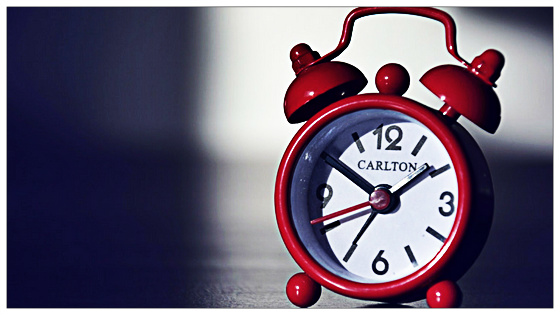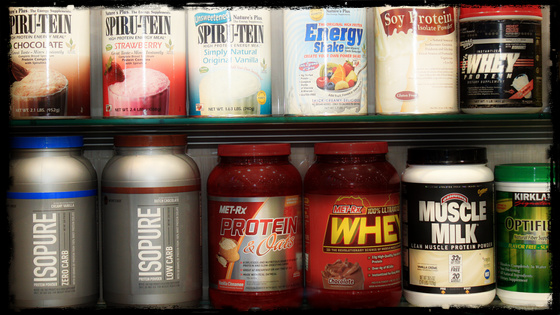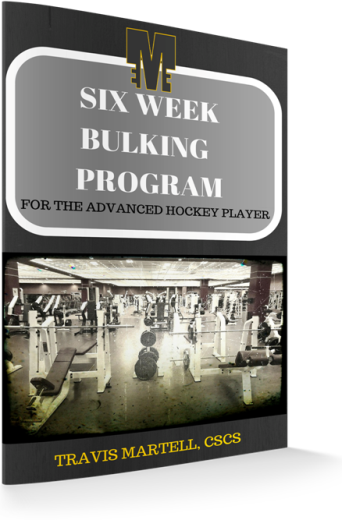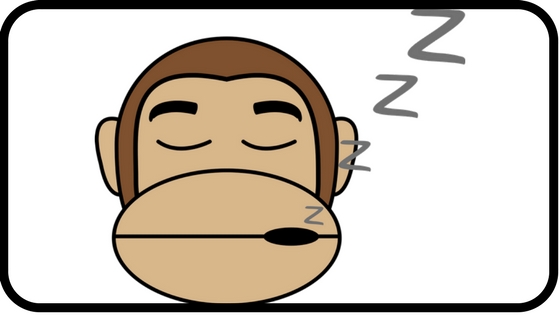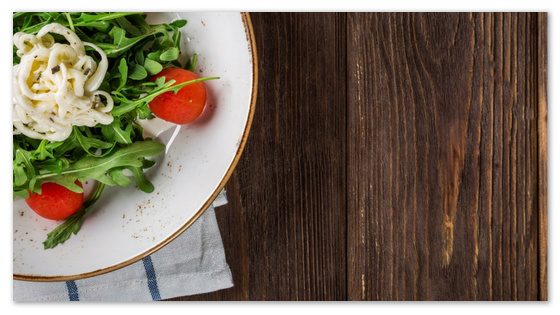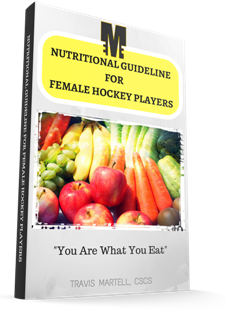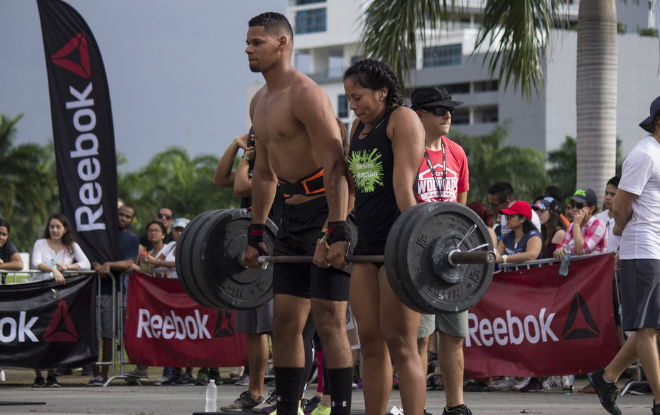
Should Hockey Players Train CrossFit?
Should Hockey Players Train CrossFit?
Should hockey players train CrossFit? Before we start I want to let you know that this article will be broken down into four parts with this post being the first part. There’s a lot of information that I’ll be covering and it’ll be way too much for one article.
Enjoy!
Part one: What is CrossFit.
First off, if you don’t know what CrossFit is you’ll get my description of it as well as the official one off their website.
My explanation, CrossFit is a unique style of training. It’s extremely intense in the sense you perform a ton of reps of whatever exercise you’re performing, whether that be deadlifts, squats, hang cleans or box jumps, you’re doing a lot of them (upwards to 50 or more).
Now, here’s the official definition of CrossFit from their website:
CrossFit is the principal strength and conditioning program for many police academies and tactical operations teams, military special operations units, champion martial artists, and hundreds of other elite and professional athletes worldwide.
Our program delivers a fitness that is, by design, broad, general, and inclusive. Our specialty is not specializing. Combat, survival, many sports, and life reward this kind of fitness and, on average, punish the specialist.
CrossFit contends that a person is as fit as they are proficient in each of ten general physical skills: cardiovascular/respiratory endurance, stamina, strength, flexibility, power, speed, agility, balance, coordination, and accuracy.
Take that statement/definition for what it is. The way I see it, if you do 50 box jumps or deadlifts for one set, perform 50+ repetitions for time (having a certain amount of time to complete the reps), and or have a workout of the day, there’s a good chance it’s CrossFit. CrossFit workouts are somewhat randomized and most are done to exhaustion. This means that the instructor writes up a workout for that day that everyone performs, whether you’re an athlete or a stay at home parent. Everyone does the same thing and you do it until you can’t do it anymore.
Now, should hockey players train CrossFit? Having a better idea of what CrossFit is and the unique style of training they perform we can continue to start to understand why this style of training (whether they call it’s CrossFit or not) isn’t the best way for hockey players to train.
If you’re a hockey player who’s currently doing CrossFit and are offended by my statement please give me time to explain. If you aren’t doing that style of training yet but you were considering it, please continue to read and hopefully I’ll do a great job explaining why CrossFit training isn’t the best style of training for hockey players.
Let’s look at an example before we get into the details of why this style of training will NOT help you on the ice as much as training in more specific ways will.
This is how I look at CrossFit.
CrossFit is a sport and an extremely popular one at that. To be a CrossFit athlete you have to be in incredible shape, there’s no denying that. You also have to have a proficient background in Olympic lifting and a tremendous amount of muscular endurance. So far it sounds pretty awesome, doesn’t it? Well, there is a problem, like with any sport or style of training, when you only perform that one thing you get really good at only that one thing. It’s great if that’s all you want to do. But you’re a hockey player and you should want to become the best at hockey and not CrossFit, so why limit yourself by only training one way?
Let’s look at marathon training for example. Someone who runs marathons has to be in phenomenal shape, I don’t think anyone could argue that. When you look at what they have to do it’s impressive. They have to run FAST for 3 hours and if they’re elite, it’s more like 2 hours. This means elite marathon runners are averaging a sub-5-minute mile. If you’ve never run a mile, that’s really fast! Now having said that, I don’t think a marathon runner would be a very good hockey player, even if they could skate and had the skills to play the game. The reason why is because their athletic development (strength & speed) is for something completely different than the demands of hockey. They wouldn’t have the quickness, strength or power needed to excel on the ice.
With me so far?
GREAT!
Now let’s dive into the first point on why CrossFit training (or similar style) isn’t great for hockey players
POINT ONE: Too basic & general
Going back to the definition from their site it says “ Our program delivers a fitness that is, by design, broad, general, and inclusive. Our specialty is not specializing …” So CrossFitters know firsthand they aren’t looking to develop anything specific when it comes to athleticism. Since Crossfit doesn’t offer a wide enough variety of exercises it can’t help with developing specific hockey athleticism to the maximum degree. This will prevent hockey players from performing at their peak. Performing the same movements over and over doesn’t develop strength, agility, and mobility as well as a training program implemented with a variety of exercises and movements. CrossFit becomes ineffective for hockey players because it doesn’t challenge the body from various angles of push and pull exercises and different types of movements that work different modalities.
When you look at what a CrossFit athlete has to do in a competition it’s a lot of the same movements and very repetitive and not specific to any one thing. It’s kind of like the decathlon at the Olympics. The athletes that compete in this discipline are good at everything but not really great at any one thing. And to do well at either CrossFit or the decathlon you must train with a very broad range in order to be successful because at the end of the day you must be a jack of all trades.
I hope you enjoyed part one of my four-part series of why hockey players shouldn’t train CrossFit.
